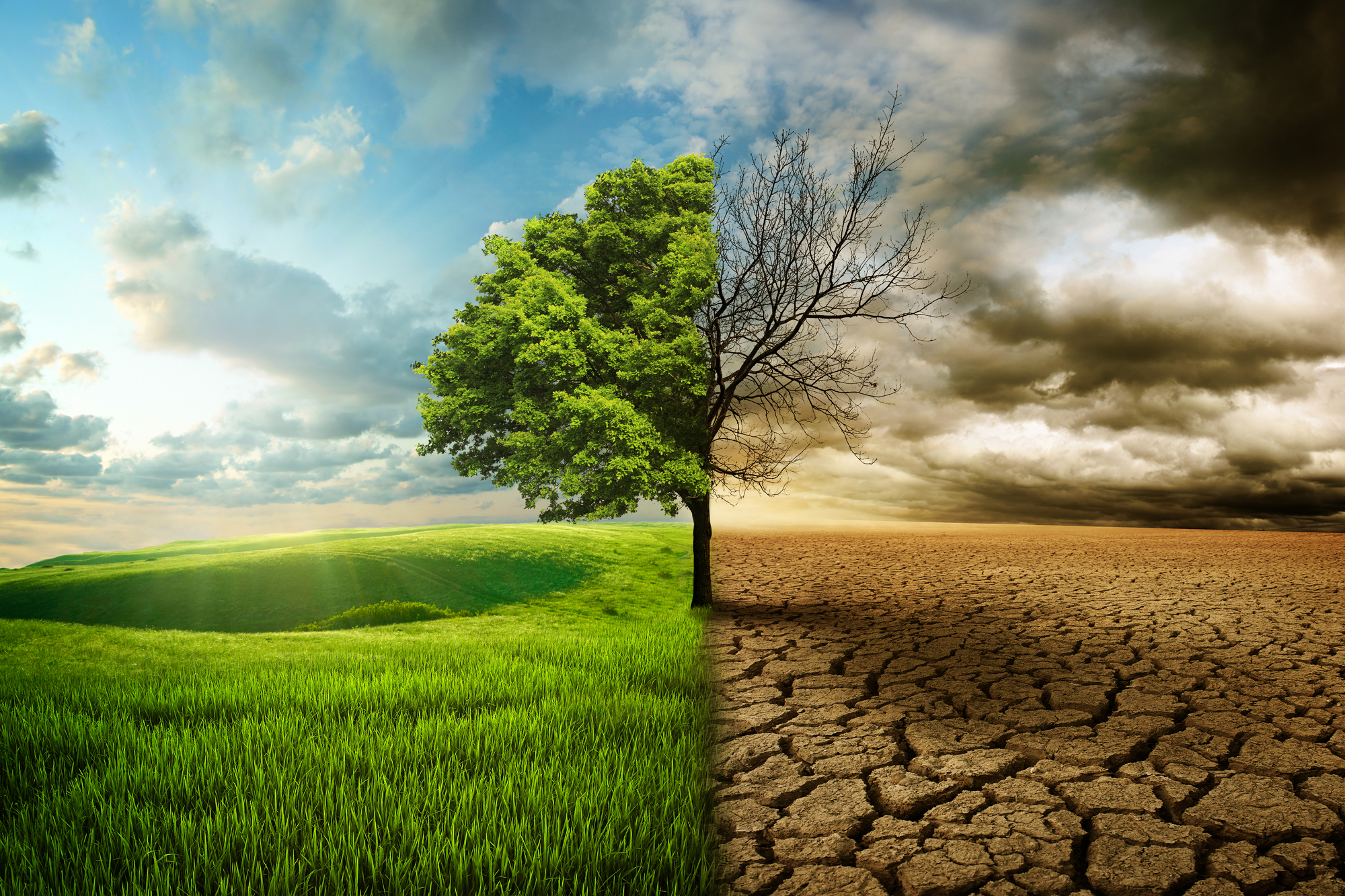The causes of drought - Modern Drought Causes
And Potential Solutions
Drought is the deadliest natural disaster in the world, with the United Nations estimating that drought has killed 650,000 people globally from 1970 to 2019. Drought and water shortages are only continuing to accelerate as drought causes such as climate change and overpopulation continue to increase.
These droughts restrict water supplies for both agriculture and municipal use. A lack of clean water allows for the spread of diseases, and local economies fail as agriculture and industry lack both the resources and healthy population needed to support them. Modern solutions are required to address this ongoing crisis around the world.

The causes of drought - Types of Droughts
Not all droughts and water shortages are the same. The different types of droughts have independent causes and vary in intensity, duration, and potential solutions. Understanding the different types and the causes of drought plays a vital role in developing the right solutions to address these challenges in both the short and long term.
Agricultural Drought
Agricultural drought is among the most severe types of water shortage. More than 70% of freshwater is used in agriculture. When water supplies are insufficient to provide for this agricultural use, widespread famine can result.
Agricultural drought arises from a complex interplay of water sources, demand, and weather. It is also highly time-dependent, as crops show diverse water consumption characteristics during different stages of growth. What might be sufficient water supply at one time of the year could be woefully inadequate at another.
Municipal wastewater treatment is one solution that allows communities to access clean water for irrigation. Through a variety of wastewater treatment processes, municipal wastewater can be transformed into a safe and clean effluent. As pressure increases on water supplies, more communities are turning to water treatment solutions based on advanced technologies.
In some parts of the world, desalination is being investigated as a viable method to resolve agricultural drought. Being able to remove excess salt from either naturally occurring salt waters or municipal or industrial sources could provide critical relief for agricultural drought at key points. Advancements in reverse osmosis technology make this one of the most promising solutions to drought.
Meteorological Drought
The causes of drought
Meteorological drought is caused by an excess of dryness or lack of precipitation throughout the natural climate variability in any given region. Almost all biomes experience wet and dry seasons as part of their natural climate. However, a disruption in this balance can result in inadequate water supplies and the depletion of key reservoirs.
This is the type of drought most closely associated with climate change. Higher average temperatures and high winds contribute to reduced relative humidity. This, in turn, increases evaporation, drawing water out of reservoirs, soil, and other vital areas.
During wet seasons, the nature of precipitation also contributes to drought causes. The intensity of individual storms spaced further apart means that less water makes it into soils and groundwater. Instead of natural percolation into the soil, rainwaters create torrential runoffs that provide little lasting benefit.
There is a large focus on reducing the extent of climate change, but droughts and water shortages are already happening today. Other solutions are necessary to ensure access to clean water now. Making more effective use of existing resources through drinking water reclamation is one such solution.
Potentially polluted or otherwise unviable water sources can be made potable through innovative systems for biological and mineral contaminants. Today, there are biological wastewater treatment technologies that are both affordable and deployable at scales that allow for water independence, even in decentralised communities.
Hydrological Drought
The individual factors in how droughts are caused can lead to both short-term and long-term water shortages. In the case of hydrological drought, surface or subsurface water supplies are impacted beyond seasonal variations to the point of severe depletion.
Lakes, reservoirs, and groundwater basins must be carefully monitored to prevent depletion due to expanding industrial or municipal use, along with the impact of climate change.
Drought prevention often calls for careful rationing of these resources, which means that alternative water supplies are needed.
Enhanced technologies for wastewater treatment and reuse are vital for combating these droughts. When water supplies are exhausted or must be severely rationed, improving the efficiency and reuse of wastewater treatment can greatly expand the supply of clean water.
Socioeconomic Drought
In many parts of the world, socioeconomics has a considerable impact on clean water supplies. People can find themselves without reliable access to water as supplies are instead diverted to industry rather than municipal needs. Those same industrial applications can also contaminate water sources in regions without strict regulations.
Increased regulation and monitoring can protect these communities, but many governments are slow to act or even complicit in this injustice. Treating contaminated water and expanding available supplies can both increase the amount of clean water in these communities. Doing so has a major impact on the health of the people in these areas and is a primary goal of many organizations committed to water quality and public health.
Putting Solutions to Drought Into Action
Can droughts be prevented? There is only so much control we can have over the different drought causes. However, efficient water treatment technologies and solutions can ensure the optimal use and reuse of available water resources – opening up new potential sources and increasing water recovery for drinking, agricultural and industrial purposes.
WFI Group provides a wide range of solutions for communities experiencing or at risk of recurrent drought. Our team identifies compromised water sources and evaluates data to determine specific applications of our technologies that can deliver increased reuse and provide safe and clean water for drinking, agriculture and industrial purposes. WFI continues to develop new technologies and deliver adequate solutions to drive these water treatment efforts and fulfill global water objectives.


